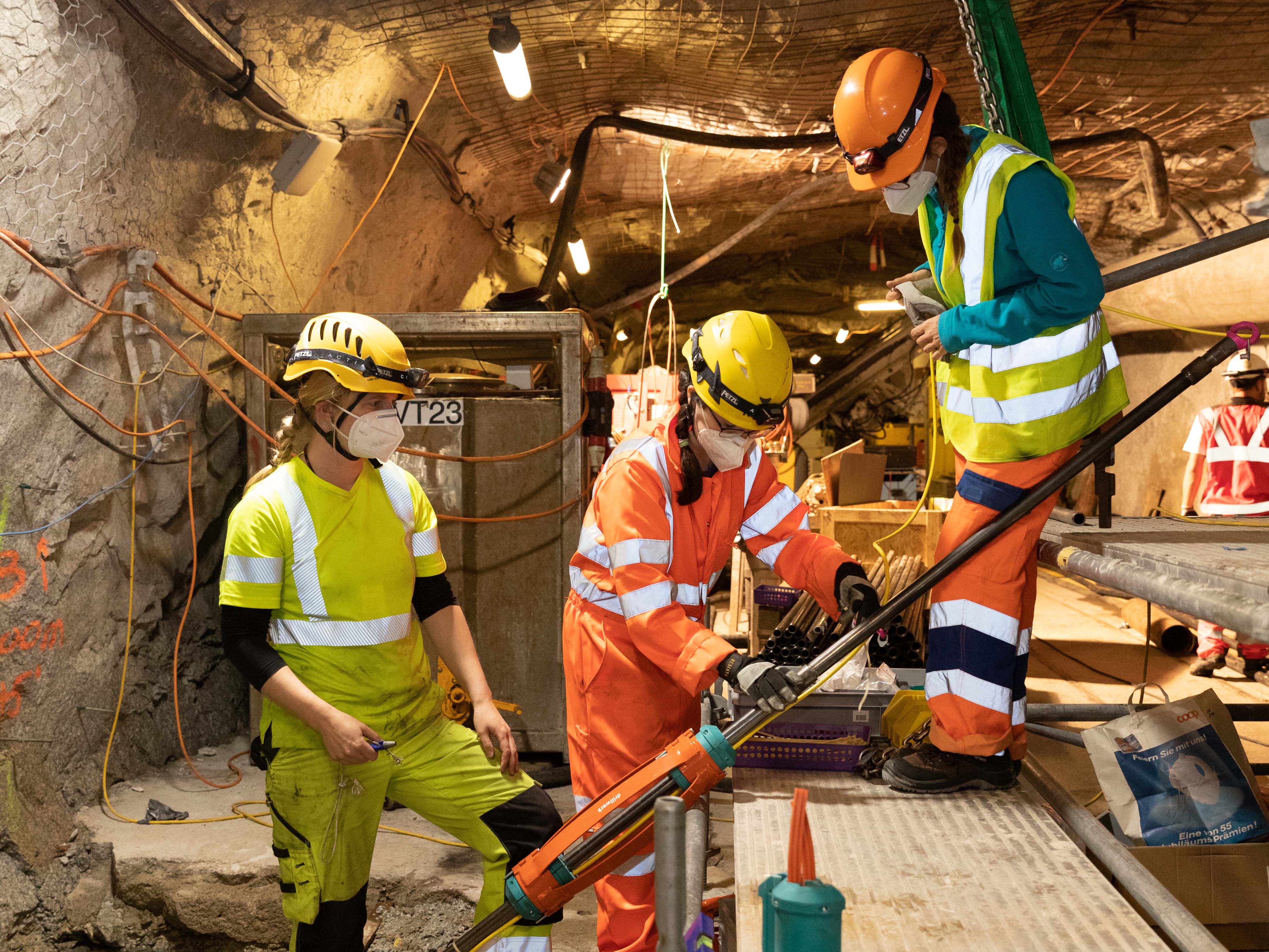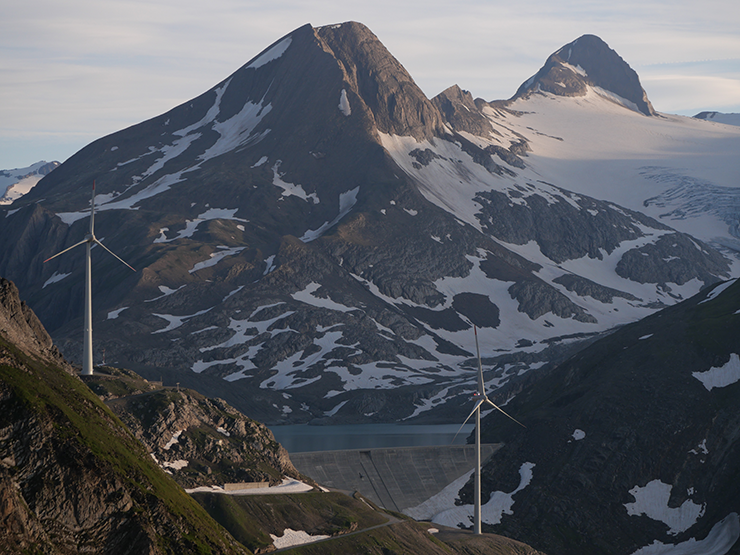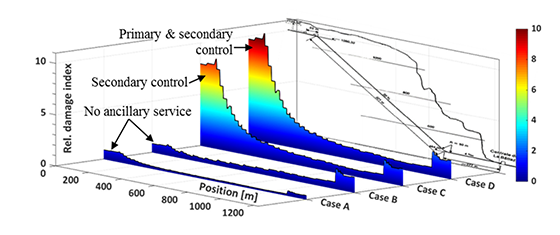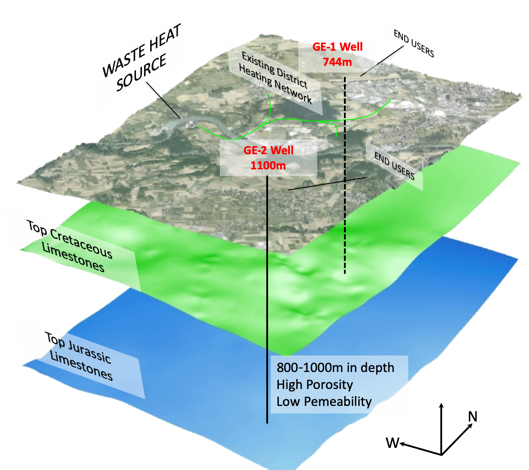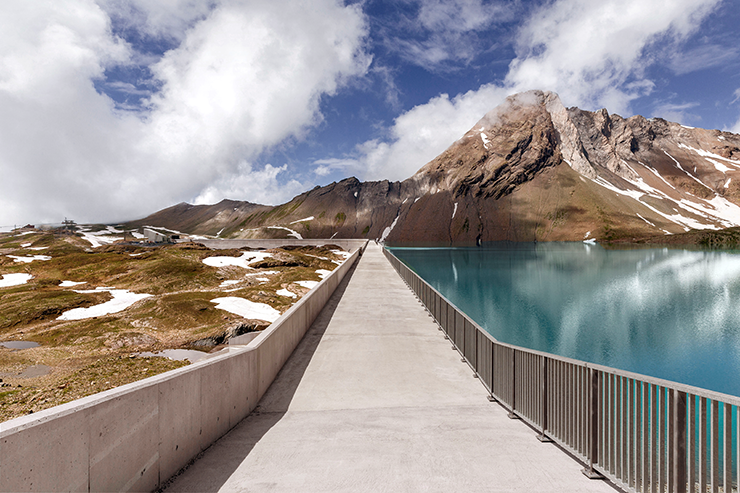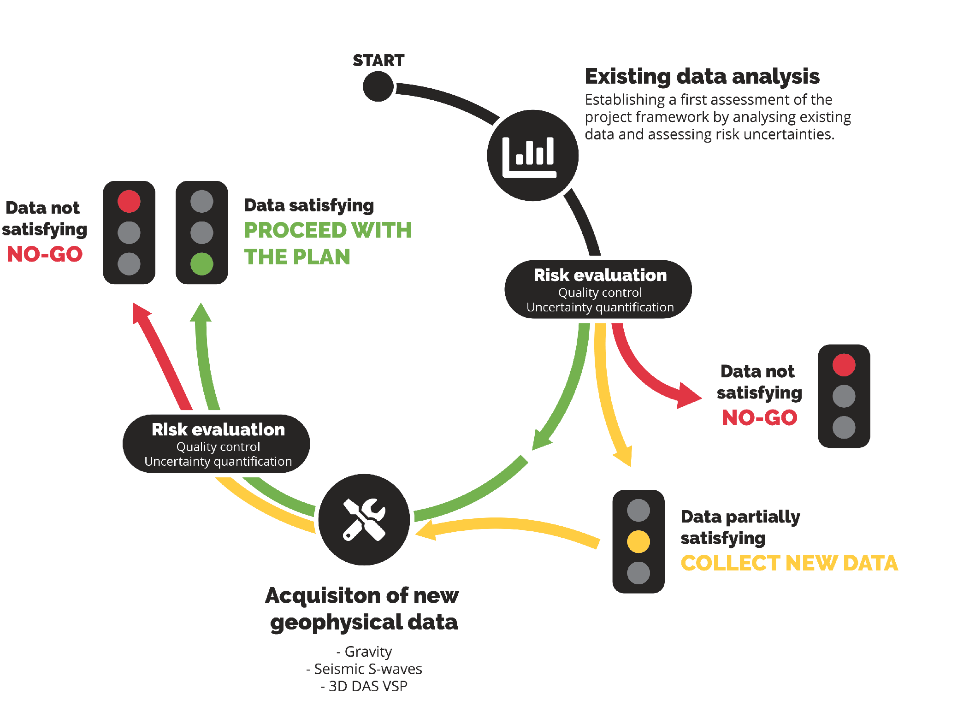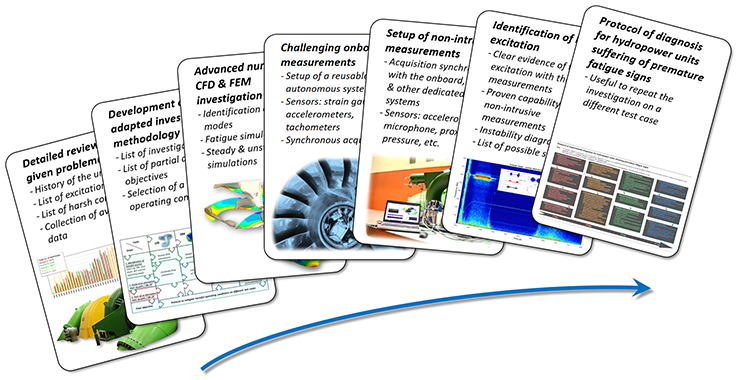Highlights from the second phase
To round off the second phase of the SCCER-SoE from 2016 to 2020, we invite you again to learn more about a collection of our research highlights. We will publish the articles throughout 2020.
Site selection for geological storage of CO2 in Switzerland
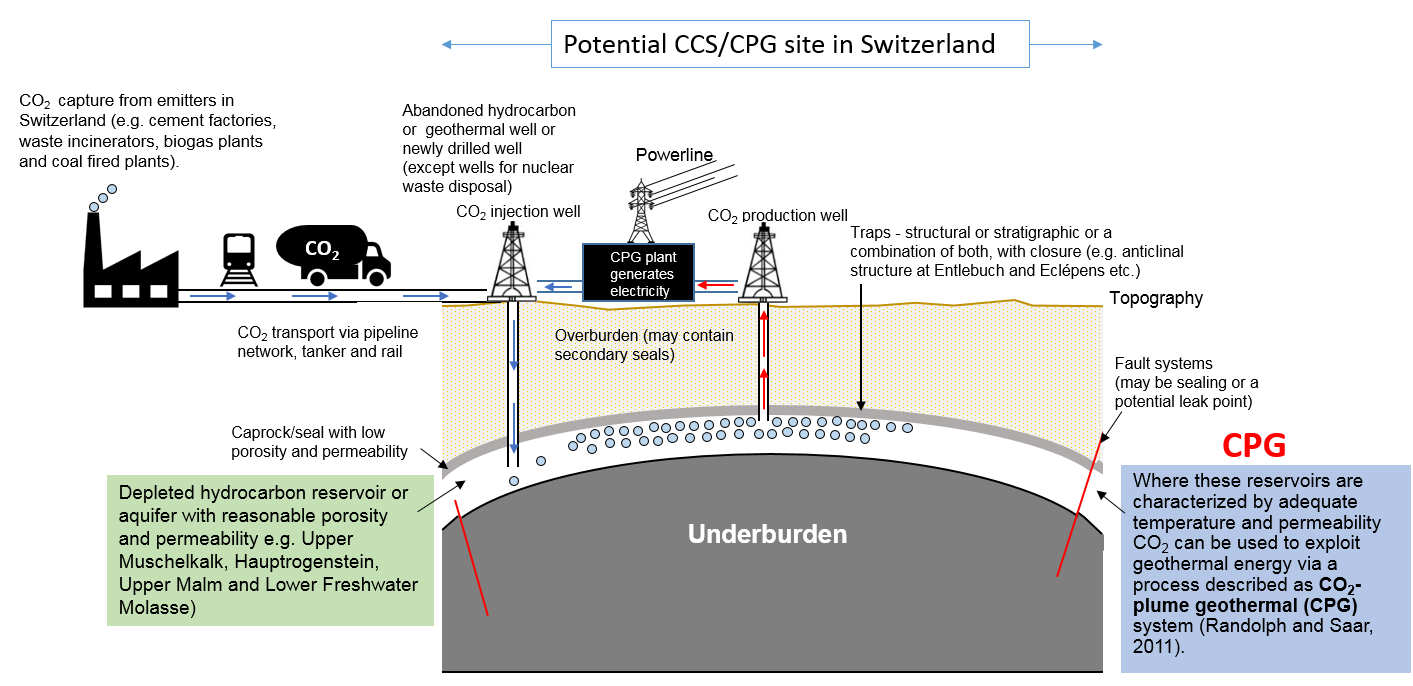
Geological sequestration of carbon dioxide (CO2) is believed to be an effective measure to combat the anthropologically induced climate change and increase in atmospheric temperature. How can Switzerland play a role in this long-term effort? What is the real potential of the Swiss subsurface to permanently store CO2 or employ this gas in electricity production? The Geo-Energy, Reservoir Geology & Basin Analysis Group from the University of Geneva is working on this topic within the SCCER-SoE in the context of the ELEGANCY project funded by the European Commission.
The prediction of hydrocarbons occurrence in the Swiss Plateau reduces the risks for Geothermal exploration
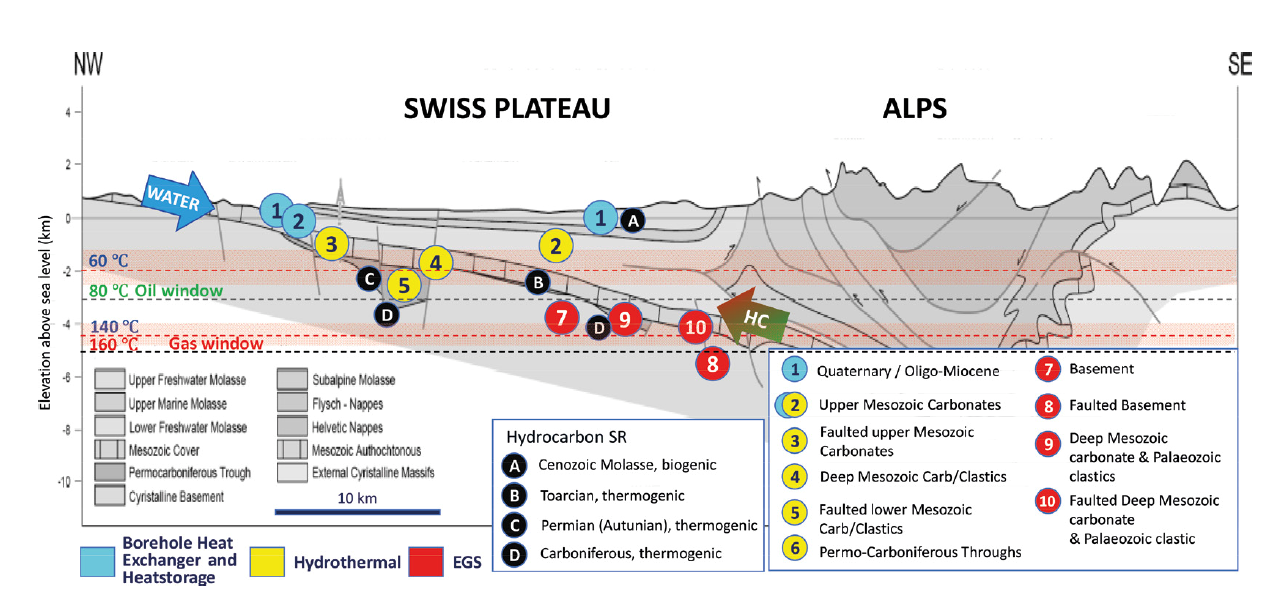
One of the challenges that deep geothermal exploration faces is the occurrence of accumulations of hydrocarbons (such as natural gas or raw oil) in the subsurface. Is this a concern for Switzerland? Are there accumulations of hydrocarbons that might encumber the development of Swiss geothermal energy? Could these two geo-resources share the same reservoirs and/or flowpaths and how might the development of geothermal energy resources be influenced and affected by it? The UNCONGEO project seeks to answer all those questions.
Promising findings on the potentials of CO2 sequestration
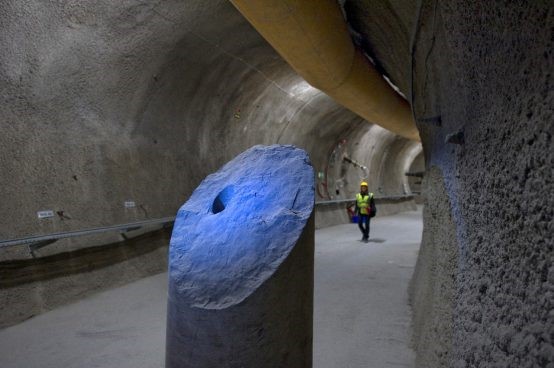
Successful geological sequestration of carbon dioxide (CO2) relies on the sealing capability of low permeability rocks (caprock) overlying permeable rocks (reservoir) where CO2 is stored. Several projects within the Work Package 1 of the SCCER-SoE successfully studied the trapping efficiency of a potential caprock during CO2 injection. Scientists from the Lab of Soil Mechanics at EPFL and from the Rock Physics and Mechanics Lab at ETHZ developed a systematic lab-scale testing procedure to assess the sealing capacity of shale caprock to CO2 injection. The experiments are carried out in the framework of a large European project (ELEGANCY), involving also large scale injection tests in the Mont Terri Underground Research Laboratory. To tackle the potential of induced micro-seismicity related to CO2 sequestration, scientists from EPFL, ETHZ and Swiss Seismological Service (SED), developed numerical models to evaluate the geo-mechanical response of the caprock to prolonged injection of CO2 enriched fluids.
Sustainability Assessment of Potential Areas for Deep Geothermal Energy Systems in Switzerland
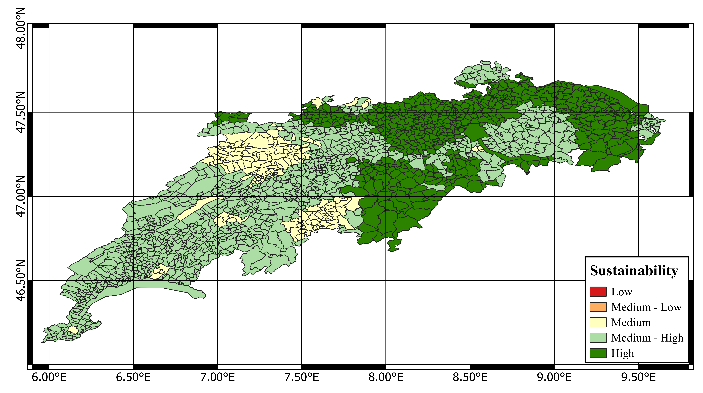
Sustainability is a key element for the future energy transition in Switzerland. In this study, scientists from the Paul Scherrer Institute (PSI) assessed the suitability of potential areas for Deep Geothermal Energy (DGE) systems in Switzerland with regard to their sustainability. Results clearly show that DGE is generally sustainable, particularly in the Northeast of Switzerland. However, the decision-makers need to consider the trade-offs between indicators (environmental, economic, social aspects) and stakeholder preferences.
First large scale research laboratory for geoenergies in Switzerland: the Bedretto Underground Laboratory for Geosciences & Geoenergy
The Swiss Energy Strategy 2050 prioritizes renewable energies, with geothermal energy being among others a very promising resource for electricity and heat production. To this end, ETH Zurich established the "Bedretto Underground Laboratory for Geosciences & Geoenergy" with the support from the Swiss Competence Center for Energy Research (SCCER-SoE) and other partners. The Bedretto Lab is a unique research infrastructure aimed at developing and establishing workflows for a safe, efficient, and sustainable use of geothermal heat. It is located 1500 metres below ground and allows experiments on a larger scale: from formerly tens to now a few hundreds of metres. The Bedretto Reservoir Project is a follow-up of the successful Grimsel In-situ Stimulation and Circulation (ISC) project. It currently is the largest project at the Bedretto Lab.
100% renewable – 100% doable
The knowledge that wind power is very productive in winter and that photovoltaic (PV) installations can produce more electricity in alpine environments than in the valleys is not completely new. Yet these insights have remained little appreciated or acted upon. But with the energy transition pushing forward into a renewable future, this knowledge is of critical importance. As Switzerland is facing a substantial winter energy deficit with its nuclear power plants going offline, SCCER-SoE modelling results provide vital information as to how smart choices of installation location can help to fill this deficit with solar and wind power from the mountains.
A digital clone monitors penstock ageing
The electrical market prices fluctuations are driving the ageing rate of hydropower infrastructures. Starts and stops, as well as pressure oscillations, mechanically stress the penstocks and pipelines. In contrast to valves or turbines, penstocks are very difficult and costly to refurbish or replace. Therefore, hydropower infrastructure operators seek to optimize the maintenance to extend the operation life and safety of their infrastructure. In this work, scientists from the HES-SO show how the use of a numerical clone helps to achieve this by assessing the degradation of the penstocks and other components.
The HEATSTORE project: assessing the implementation potential of High Temperature Underground Thermal Heat Storage
HEATSTORE aims at developing High Temperature (~25°C to ~90°C) Underground Thermal Energy Storage (HT-UTES) technologies, which are crucial for the energy system transformation to be successful. Storing heat underground will allow to manage variations in heat supply and demand and store energy for future use. In Switzerland, HEATSTORE focuses on two demonstration projects for High Temperature Aquifer Thermal Energy Storage (HT-ATES). Scientists from the Universities of Geneva, Bern, Neuchâtel and the Swiss Federal Institute of Technology in Zurich (ETHZ) are working on this project in collaboration with industrial operators (Services Industriels de Geneva SIG and Energie Wasser Bern EWB) within the framework of the SCCER-SoE to assess the feasibility of HT-ATES systems in Switzerland.
Price-driven dispatch of hydropower
On the wholesale electricity markets, Swiss hydropower is mainly a price-taker. In the last decade, market prices in Switzerland decreased, which lead to drops in market revenues. The energy economics group of the Paul Scherrer Institute evaluated the possible prospects of market revenues under future price scenarios to assess possible profitability ranges of Swiss hydropower.
The GECOS project: reducing subsurface uncertainties by the smart use of field-based integrated geophysical investigations
The economics of deep and medium depth geothermal projects rely to a great extent on cost-effective geophysical exploration techniques. How can these be designed and deployed with a fit-for-purpose approach to achieve more effectively a satisfactory image of the subsurface and its uncertainties? These are the questions at the core of the GECOS project.
Towards more flexible hdropower: preventing turbine instability during multiple start/stop procedures
This study performed within the FlexStor-WP6 project allowed us to identify the critical operating conditions that had led to the premature fatigue of the turbine runner from Grimsel 2 power plant. We concluded that those conditions had developed due to a drastic increase in the number of daily starts and stops in recent years. In the end, we synthesized our findings in a protocol of experimental diagnosis for hydropower units showing premature fatigue signs. This smart diagnostic tool is also useful for other machines with similar problems.
The extension of existing hydropower reservoirs substantially contributes to the Energy Strategy 2050
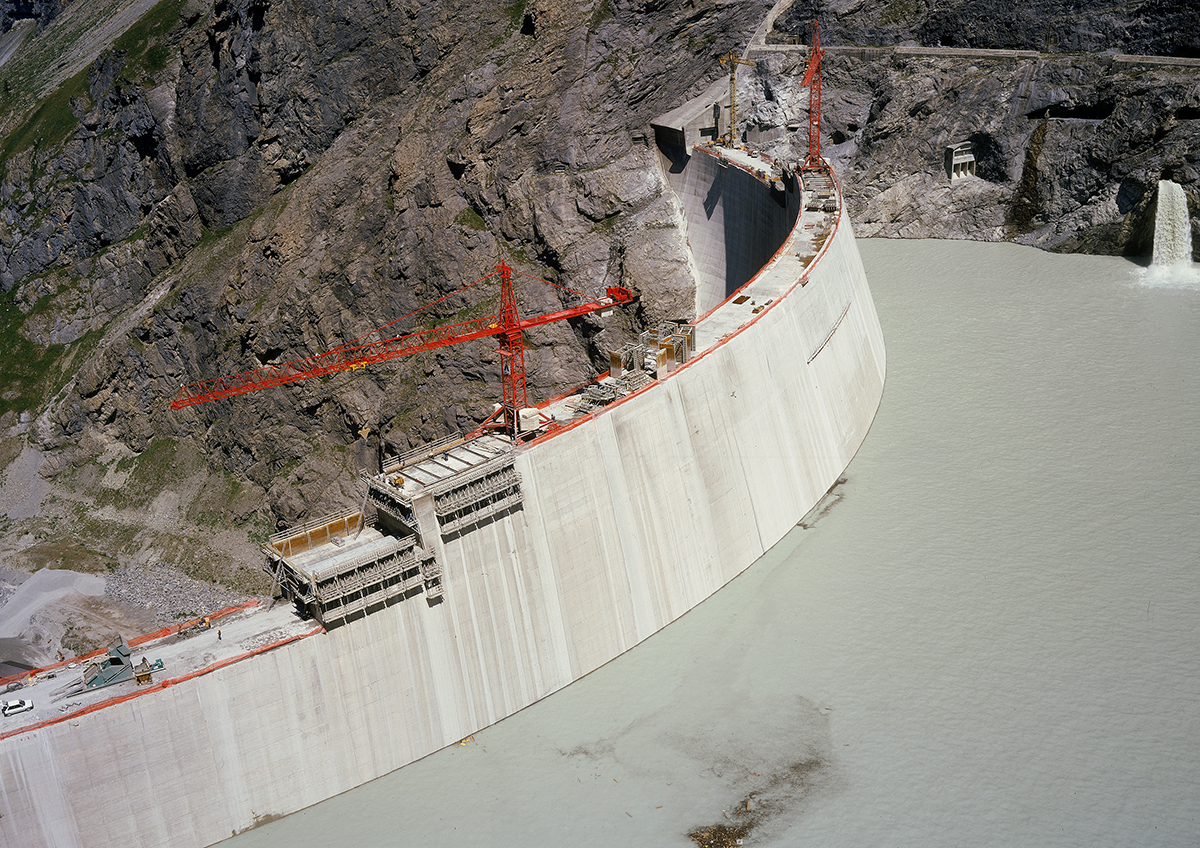
With the implementation of the Energy Strategy 2050, the demand for seasonal storage of electricity increases. One option is to extend existing reservoirs of storage hydropower plants by heightening their dams. Researchers from the Laboratory of Hydraulics, Hydrology and Glaciology (VAW) at ETH Zurich evaluated the possibilities and potential benefits of heightening 38 dams in the Swiss Alps. They concluded: If 17 to 26 dams were heightened by up to 20 %, a total of 2.2 to 2.9 TWh of electric energy per year could be additionally shifted from summer to winter. This corresponds to the household electricity consumption of 1.7 to 2.2 million inhabitants during winter.
Scale matters – providing the missing validation of air-water flow research in hydraulic infrastructures
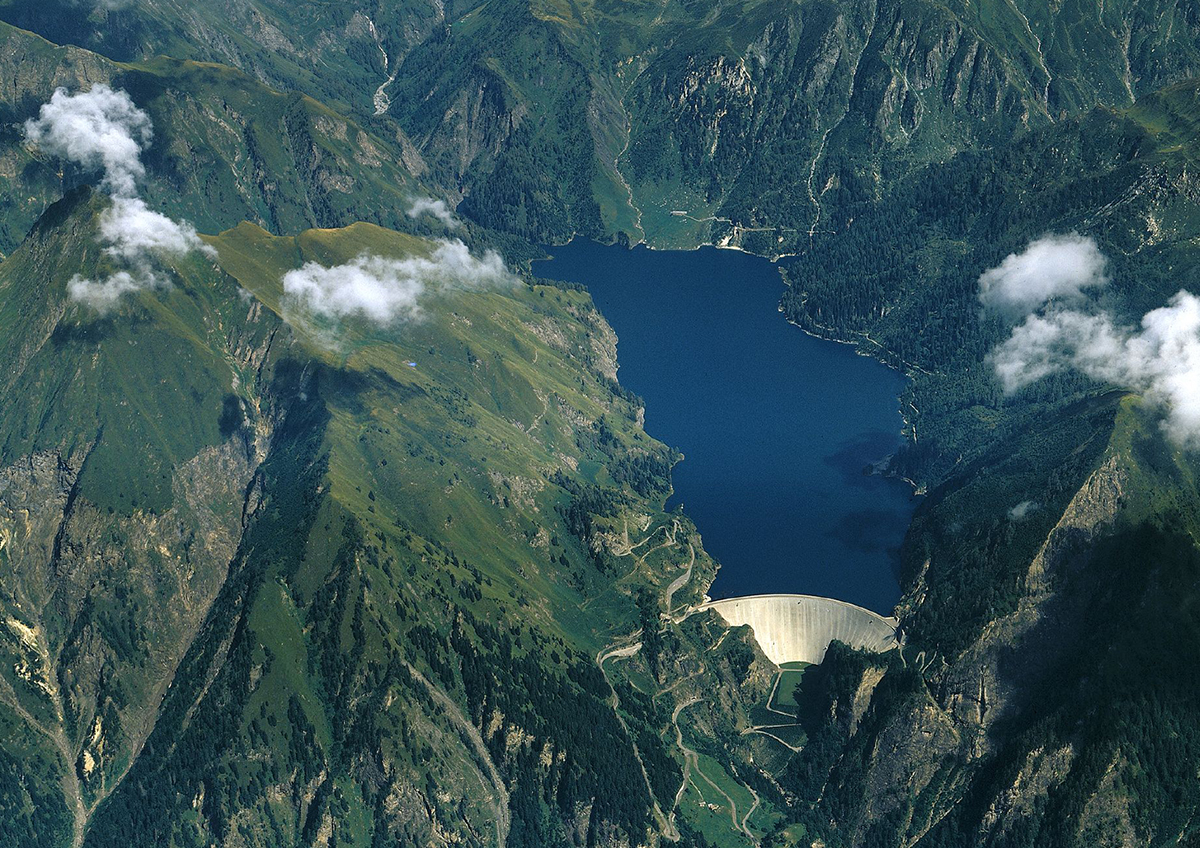
High-velocity air-water flows commonly occur in human-made hydraulic infrastructures such as spillways and low-level outlets at reservoir dams. Air entrainment significantly affects the flow properties of the resulting water-air-mixture and must be considered in the design of these safety-relevant structures. However, existing design guidelines primarily take into account physical model tests, which may be subject to scale effects. An SCCER-SoE project at the Laboratory of Hydraulics, Hydrology and Glaciology (VAW) at ETH Zurich aims at providing prototype data necessary to assess the extent of these scale effects.

